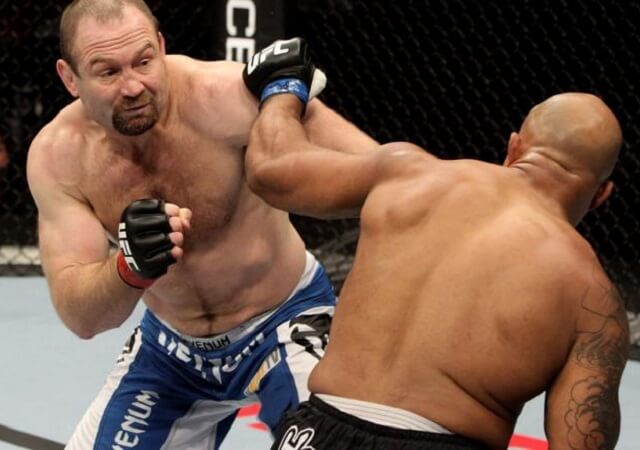When you’re new to wrestling, one of the first things you’ll hear about is wrestling weight classes. These categories play a huge role in how athletes train, compete, and progress. If you’re considering joining wrestling classes or searching for wrestling training near me, understanding weight classes will give you a solid foundation to start your journey.
What Are Wrestling Weight Classes?
In simple terms, weight classes are divisions that group wrestlers based on their body weight. They ensure fair competition by matching athletes with similar size and strength. This way, technique and skill — not just size — determine the winner.
-
High School Wrestling: Typically ranges from 106 lbs to 285 lbs.
-
College/Collegiate Wrestling: Starts at 125 lbs and goes up to heavyweight at 285 lbs.
-
International/Olympic Wrestling (Freestyle & Greco-Roman): Has its own set of categories, often slightly different from U.S. divisions.
If you’re just starting out, your coach will help you identify the right class based on your current weight and goals
Why Weight Classes Matter in Training
Knowing your weight class impacts every part of your wrestling training:
-
Nutrition: Staying within a weight class means balancing diet and hydration.
-
Strength Training: Wrestlers in lighter divisions often focus on speed and agility, while heavier athletes emphasize power.
-
Strategy: Moves and counters may vary depending on whether you’re in a lightweight or heavyweight division.
For beginners, the focus should be on building strength, endurance, and proper technique rather than cutting weight too early.
Wrestling Classes for Beginners
If you’re searching for wrestling classes or considering wrestling training, here’s what you can expect:
-
Fundamentals: Stance, footwork, takedowns, and defense.
-
Conditioning: Intense cardio and bodyweight exercises.
-
Live Drills: Practicing moves against real opponents.
-
Competition Prep: Guidance on tournaments, weight management, and mindset.
Most gyms also offer wrestling strength training programs designed to improve explosiveness, balance, and flexibility — skills essential at any weight class.
Wrestling & Mixed Martial Arts (MMA)
Wrestling is more than a standalone sport — it’s also a backbone of mixed martial arts training. Many professional fighters started as wrestlers because of their control, conditioning, and takedown skills.
-
If you’re curious about MMA, start with wrestling training to build grappling skills.
-
From there, you can transition into MMA classes for beginners, adult MMA classes, or even children’s MMA classes for younger athletes.
-
Gyms that promote themselves as the best MMA classes near me often highlight wrestling as part of their core curriculum.
Frequently Asked Questions About Wrestling Weight Classes
1. What are the main wrestling weight classes?
In high school wrestling, weight classes usually start at 106 lbs and go up to 285 lbs. Collegiate wrestling begins at 125 lbs and also ends at 285 lbs. International and Olympic wrestling categories vary slightly but follow a similar lightweight-to-heavyweight system.
2. How do beginners choose the right wrestling weight class?
Beginners are placed into a class based on their current body weight, not on drastic weight cutting. Coaches typically recommend staying in your natural weight class until you build strength, discipline, and experience.
3. Why are weight classes important in wrestling?
They ensure fair competition by matching athletes of similar size. This allows matches to be determined by skill, conditioning, and technique instead of just strength.
4. Do wrestling weight classes affect training?
Yes. Athletes in lighter weight classes often focus more on speed, agility, and endurance, while heavier wrestlers emphasize power and strength. Training and nutrition are tailored accordingly.
5. How does wrestling connect to MMA training?
Wrestling is one of the foundational skills in mixed martial arts training. Many gyms offering the best MMA classes near me include wrestling drills, takedown practice, and grappling in their programs. Beginners often start with wrestling before moving into adult MMA classes or children’s MMA classes.
6. Where can I find wrestling training near me?
Most local martial arts academies, community centers, and wrestling clubs offer beginner-friendly wrestling classes. If you want a broader path, look for gyms that also provide MMA classes for beginners, so you can combine wrestling with striking and submission techniques.
Final Thoughts
Understanding wrestling weight classes is the first step to becoming a strong, disciplined athlete. Whether your goal is to compete in wrestling, transition into MMA classes for beginners, or simply improve your fitness, weight classes will guide your training approach.
Ready to get started? Explore local wrestling classes or mixed martial arts training programs near you, and build the foundation for strength, skill, and confidence on the mat.

